Table of Contents
- Understanding the importance of safety at home
- Common household hazards for preschoolers
- Safety at home for kids: Room-by-Room guide
- Teaching safety rules at home for kids
- Emergency preparedness and first aid
- Creating a safety at home checklist
As parents of preschool children, we understand that child safety at home is important for you. Your living spaces should be comfortable and secure so that your little ones can play, learn, and grow without danger. This guide will address questions on how to ensure safety at home for kids. We will also provide you with actionable advice on developing a safe environment for your preschooler.
Understanding the importance of safety at home
Safety at home is extremely important, especially for preschool children who are curious and active about their surroundings. By following safety measures at home, we can avoid probable accidents and help children succeed in a natural setting. Child safety is not just the absence of risks. It is about providing an environment that helps children grow and develop.
Common Household Hazards for Preschoolers
Before we dive into specific safety at home for kids measures, let us identify some common household hazards that pose risks to preschoolers:
- Falling from heights like stairs, windows or furniture.
- Choking on small objects or certain allergy foods.
- Poisoning due to cleaning products or medications.
- Burns from hot surfaces or liquids.
- Drowning from suffocation in bathtubs or pools.
- Electrical accidents.
- Cuts from sharp objects.
With the knowledge of these risks, you can take the necessary precautions to prevent accidents. This not only ensures child safety at home but also allows your preschooler to explore and learn. Successfully implementing these measures will give you a sense of pride and satisfaction in providing a safe environment for your child.
Safety at home for kids: Room-by-room guide
Let us explore safety at home for kids in different areas of your house:
Living Room
- Items must be anchored to the walls to prevent furniture from tipping over.
- Electrical outlets should be covered using safety plugs.
- Use protective film or pads on the sharp edges of furniture.
Kitchen
- Use stove knob covers and oven locks.
- Store kitchen knives, scouring pads and other similar items on uppermost shelves in locked cupboards.
- Never put hot foods and liquids near the counter perimeter.
Bathroom
- Always monitor bath time.
- Avoid accidents by using non-slip mats in the bathtub and on the floor of the bathroom.
- Do not leave toiletries, drugs and chemicals within the reach of the children.
Bedroom
- Make sure the crib or bed is the correct size.
- Window cords should be tied up at least three feet above the reach of the children.
- Secure heavy furniture to the wall.
Stairs and Hallways
- Fix safety gates at the top and bottom of stairs.
- Ensure handrails are secure.
- Light up corridors with no unnecessary items on the way.
Adopting these safety measures at home protects your preschooler from danger. Nevertheless, each room has different dangers. With necessary measures, you can significantly reduce the risk of accidents.
Teaching safety rules at home for kids
It is essential to make your little ones aware of child safety.
Here are some important safety rules at home for kids to teach your preschooler:
- Do not use wet hands to operate electrical outlets and appliances.
- Do not stay close to the stove or oven when it is on.
- Do not put small objects in your mouth, nose, or ears.
- Wear a helmet when riding a bike or scooter.
- Do not open the door to strangers.
Use pretend plays or educational games to help them make learning of these rules appealing. Repetition is important when instructing kids on safety rules at home. These measures are effective when used alongside constant supervision and age-appropriate safety education for your child. The discussion builds the foundation for a safe and supportive home environment for kids.
Emergency preparedness and first aid
Being prepared for emergencies is a crucial aspect of safety for children:
- Always have a well-stocked first aid kit that is easily within reach.
- Learn infant and child CPR.
- Place emergency numbers near all phones.
- Teach your child how to seek help during an emergency.
- Develop and practise a family fire escape plan.
Creating a safety at home checklist
The following checklist can be used to ensure your preschooler’s safety at home. Here is a sample checklist:
- Inspect smoke detector batteries every month.
- Check safety gates and locks routinely.
- Ensure that emergency numbers are updated.
- Bring into practice emergency plans frequently.
- Check furniture stability and fix it as needed.
- Check for choking hazards and remove them regularly.
- Ensure medicines and cleaning products are locked away.
- Revisit safety rules at home for kids with your child.
Going through the checklist regularly can help maintain safety at home for kids. Young kids should also have safety checks and updates conducted as they grow and become curious and more mobile. Ideally, safety at home for kids should be a constant priority, that requires regular checking and re-checking.
Guaranteeing safety for kids at home is a continuous process that requires alertness, learning and preparation. By following these safety at home measures and imparting child safety, you can set an environment where your child can grow and learn with reduced chances of hazards.
These guidelines may appear complex, but they are easy to follow. Parents should always ensure they are in touch with the latest trends in child safety. They must also change home safety measures as and when their child grows.
At Mother’s Pet Kindergarten, we ensure the safety of children in our learning spaces. We are also willing to work with parents to drill safety in their home practices. Together, we can help build a safe world at home and educational facilities.
When you ensure safety at home, you are saving them from the dangers of today. You are also preparing them for the dangers of tomorrow. A safe house is a happy place for your child to live and develop their potential.



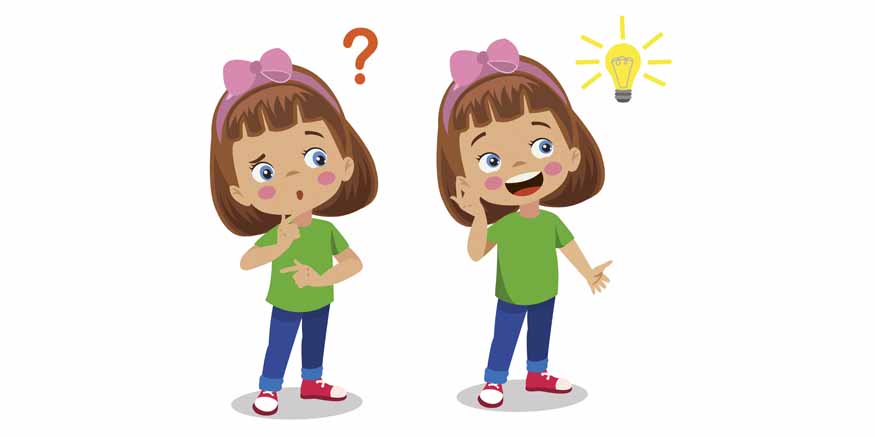
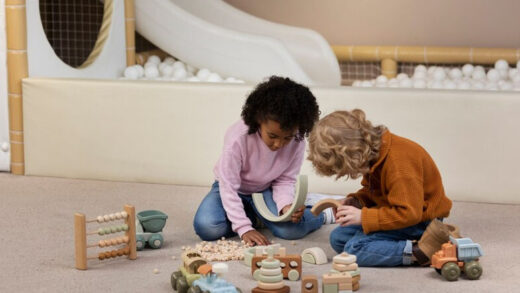

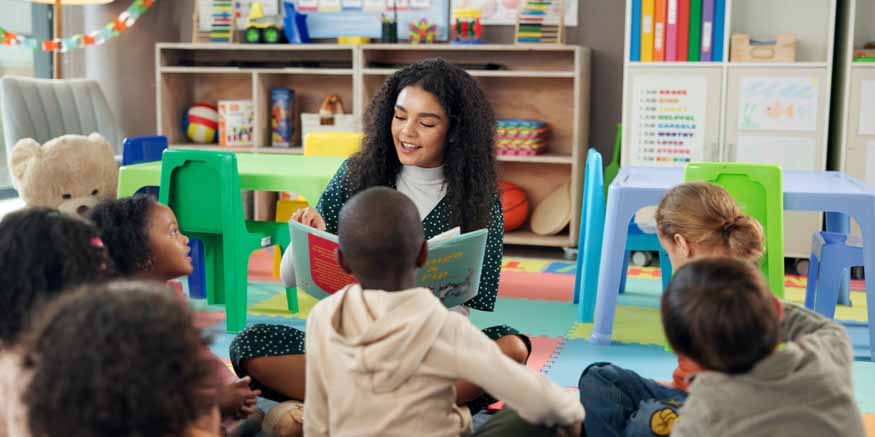
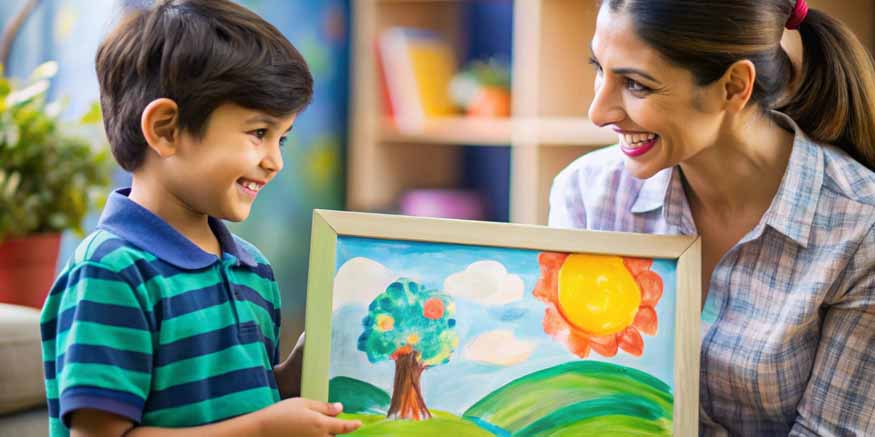
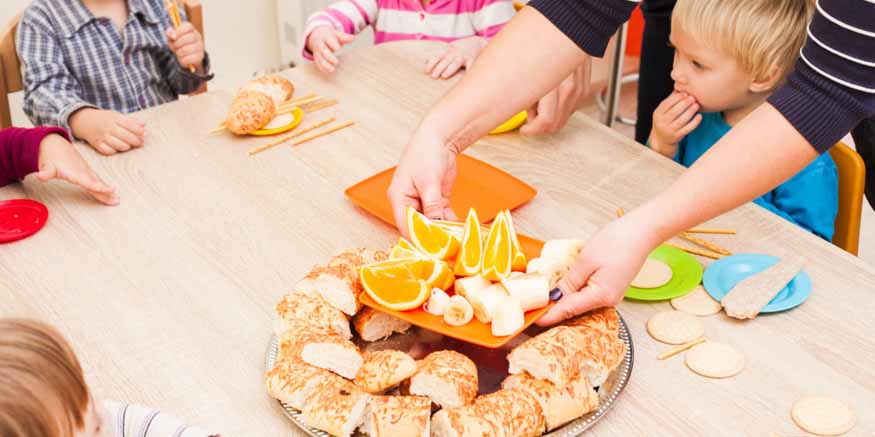
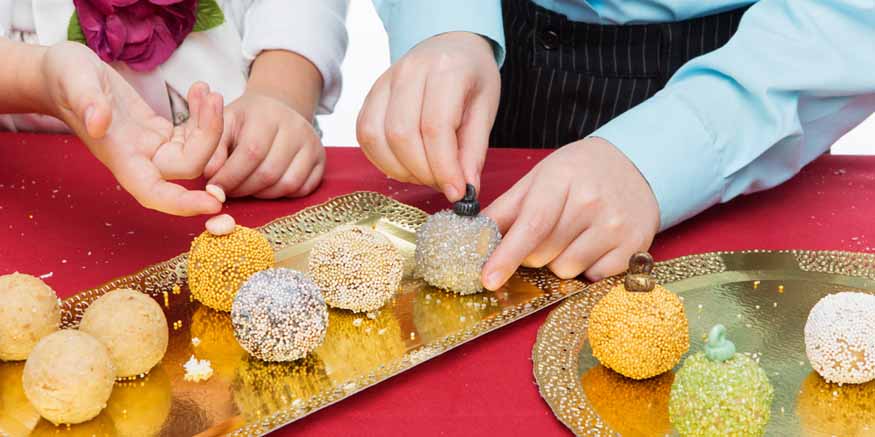

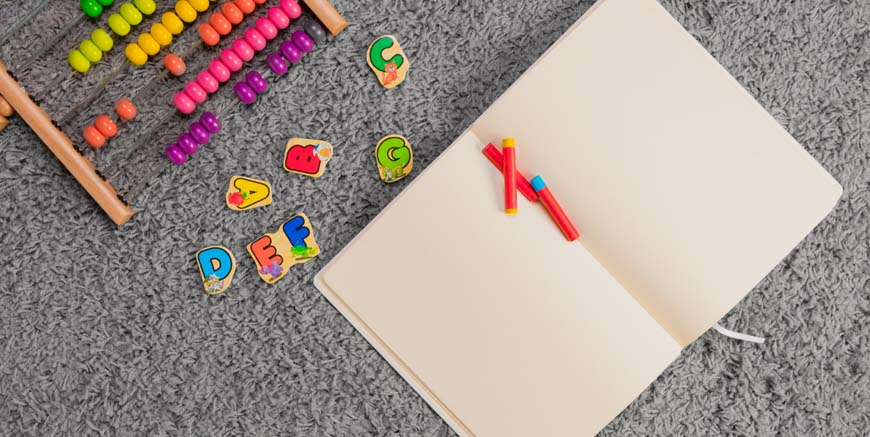

Recent Comments